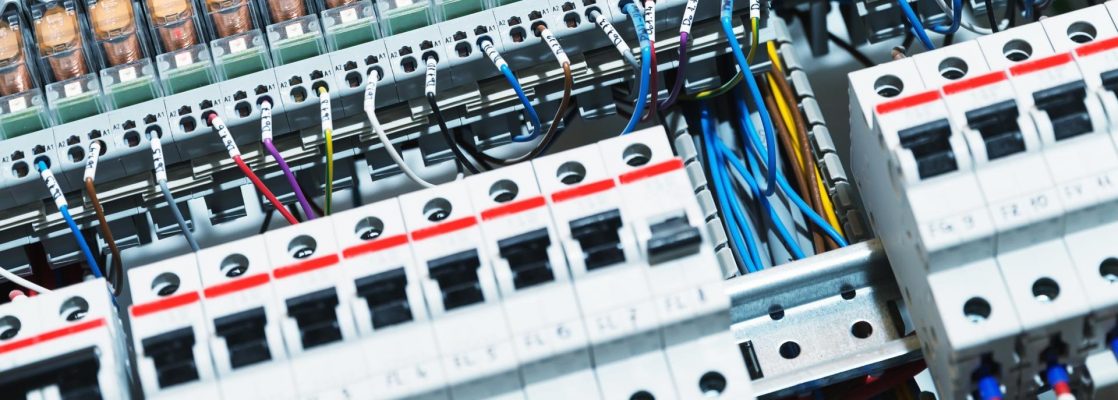
Electrical relays play a crucial role in various industries, from power distribution and automation to telecommunications and automotive systems. Understanding how electrical relays work is essential for engineers, technicians, and enthusiasts alike. In this comprehensive guide, we will delve into the intricate mechanisms behind electrical relays, exploring their functionality, applications, and benefits.
- The Basics of Electrical Relays:
- Definition and Purpose: An electrical relay is an electromechanical device that controls the flow of current in a circuit by using an electromagnetic switch.
- Components: Explore the key components of a relay, including the coil, armature, contacts, and springs.
- Types of Relays: Discuss different types of relays, such as electromagnetic relays, solid-state relays, thermal relays, and reed relays, highlighting their unique characteristics and applications.
- Working Principles:
- Electromagnetic Attraction: Explain how the coil’s magnetic field attracts the armature, causing the contacts to close or open, depending on the relay type.
- Contact Types: Discuss normally open (NO), normally closed (NC), and changeover contacts, elucidating their functions and applications.
- Control Signals: Explore the various control signals that activate relays, including voltage, current, temperature, and digital signals.
- Applications of Electrical Relays:
- Power Systems: Illustrate how relays safeguard power systems by detecting faults, controlling circuit breakers, and protecting equipment from overloads and short circuits.
- Industrial Automation: Discuss the role of relays in controlling motors, solenoids, valves, and other devices in automated processes.
- Automotive Industry: Highlight the use of relays in automotive applications, such as starting systems, lighting control, and power windows.
- Advantages and Limitations:
- Advantages: Outline the benefits of using relays, such as their ability to handle high currents, provide electrical isolation, and offer reliable switching operations.
- Limitations: Address the limitations of relays, including their mechanical wear and tear, slower response times compared to solid-state devices, and susceptibility to contact arcing.
Conclusion:
Electrical relays are indispensable components in numerous industries, providing reliable and efficient control over electrical circuits. By understanding the inner workings of relays, professionals can design and implement robust systems while ensuring safety and optimal performance. Whether you are an engineer, technician, or simply curious about electrical systems, this comprehensive guide has equipped you with the knowledge to navigate the intricate world of electrical relays.

